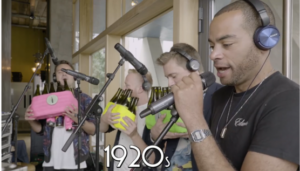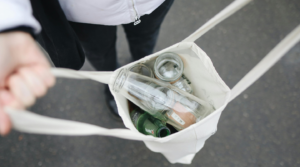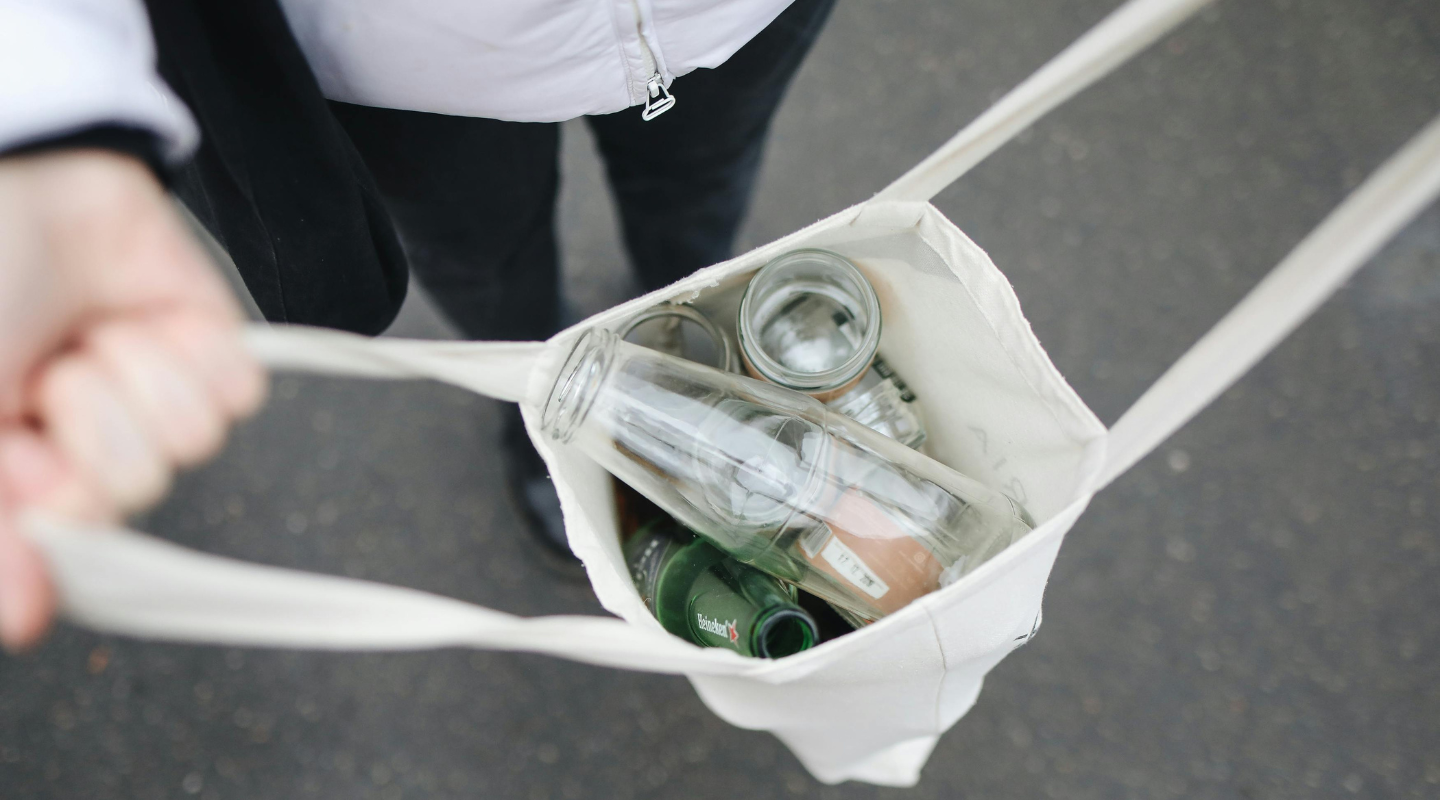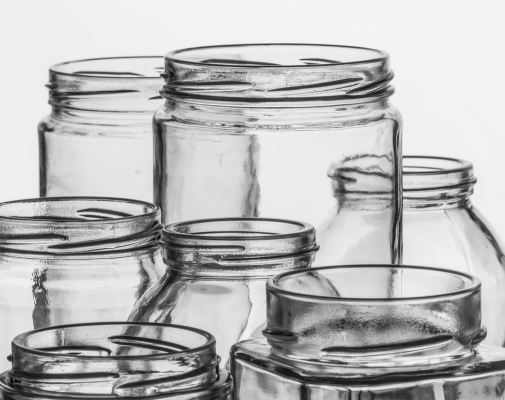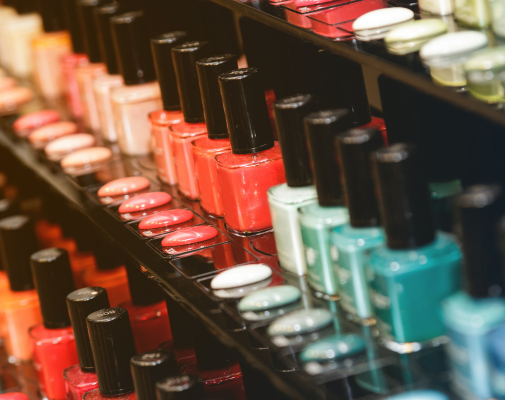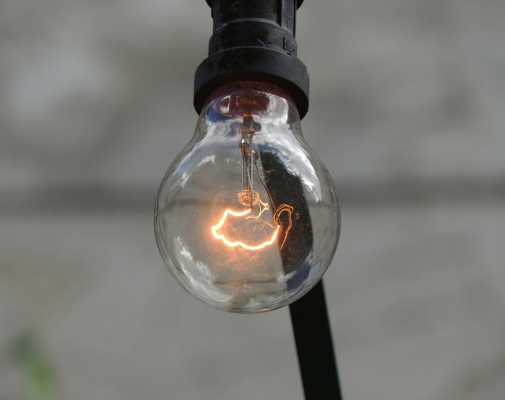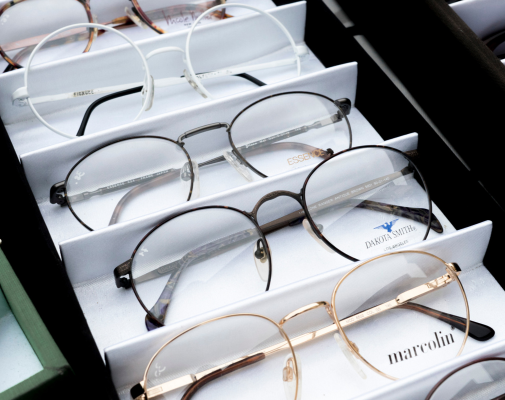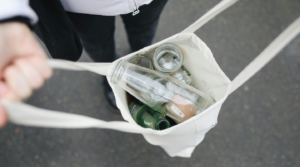What glass can you recycle?
More people than ever are recycling and we couldn’t be happier – as the glass industry, we love to be able to use recycled glass when we manufacture new containers. However, not all varieties can be used in production.
So, in this post, we will explain why not all glass is recyclable and what types of glass you can and cannot recycle. That way, the next time you need to dispose of your containers, you’ll know exactly what to do.
Why should you recycle glass?
There are many benefits to recycling glass, some of which you might not know yet. For example, did you know that average bottle is already made with 52% of recycled content?
Glass is a recyclable material made from ingredients found in nature – sand, soda ash and limestone – along with recycled glass. Making new containers from recycled glass not only saves on these raw materials, but also helps reduce energy consumption and CO2 emissions (UN Climate Technology Centre & Network). And the best part? No matter how many times you recycle glass, it never loses its core priorities – making it a permanent material.
Recycling glass is a topical issue in modern societies all over the world, but it’s nothing new: glass packaging and its recycling has been an integral component of human lifestyles for millennia. Historical and archaeological evidence demonstrates that even in antiquity, glassworkers were already collecting and reprocessing broken glass into new consumer goods. Looking to the modern era, the current collection schemes in Europe have been in place for over fifty years. They are based on an extensive network of bottle banks and kerbside collection systems spread across the continent. It’s a system that allows us to collect an average of 80.1% of glass in Europe!
But is all glass recyclable?
In short, no. While most glass containers can typically be recycled in a bottle-to-bottle loop system, not all varieties can be collected for recycling.
There are diverse types of glass, with many different treatments applied to them. Your local municipality’s rules for what you can and can’t put into household recycling might seem fussy on first glance – but while bottles might look all the same, they can have significant differences and create problems if unsuitable glass is mixed with packaging for re-melt. And the difficulty is that, like us, most equipment that sorts these materials at recycling centres can struggle to tell the difference.
Why can’t all glass be recycled?
After being collected, glass is sent to recycling facilities where it is first crushed and prepared for re-melting – transforming it into cullet..
There are two types of cullet: internal and external. Internal cullet comes from defective products right off the assembly line that failed quality control tests. External cullet is the waste glass that has been collected to be recycled. Generally, when we use the word cullet, we mean the external types of glass we can recycle.
But to recycle glass, it has to be purified and cleaned of contamination. It is then re-melted in large furnaces. Any small contaminant, such as the heat-resistant treatment found in Pyrex items, can impact the process due to different melting temperatures and potentially ruin a whole batch of freshly recycled glass.
That is also why, depending on your local community, you might be asked to separate the colours of the glass. Typically, glass products are clear, green or amber. To make those colours, different substances and minerals are added in the initial production. So, when they are recycled, they need to be kept to the same colours to avoid contamination.
Knowing the answer to the question “what glass can you recycle?” might seem confusing at first, but these handy tips will help you figure out which types of glass you can and cannot recycle.
Types of glass you can recycle
Although it might depend on where you live and what the local recycling policy is, most glass items in your day-to-day life can be recyclable. To properly dispose of your containers, separate the lids and corks from the jars and rinse them before placing them in the recycling bin. You can also check out our previous article for more tips on how to raise your recycling game. Here’s a list of the most common collection types:
Types of glass you cannot recycle
Sadly, not all items can be recycled with your everyday jars and bottles. Don’t be a ‘wishcycler!’ It’s important to avoid ‘wishcycling’, where we toss non-recyclable items into the recycling bin in the hope that they will somehow be recycled anyway – they won’t be recycled, and they may even damage the equipment or contaminate the whole batch. The following are examples of common glass items you cannot recycle:
How to dispose of the glass that can’t be recycled?
Now that you know what glass you can and cannot recycle, you may be wondering: what do you do with all the things that you can’t easily recycle?
Well, the first step is to ask your local community for guidelines. They might have specific rules for you to follow concerning the types of glass you can’t recycle. Once you’ve done that, there are a few more things you can do with your glass products.
Tying in with a conscious lifestyle, you could try reusing your containers for other purposes, such as storage or decoration. If they’re not broken, you can also donate glass items such as cookware, mirrors and drinking glasses to charity shops, family and friends.
Tips for reusing glass
Visit our section on reusing glass to learn more about reuse and discover the best ideas for reusing your jars and bottles.
There are also plenty of ways to dispose of those hard-to-recycle glass products. Knowing what types of glass you can recycle will allow you to take that extra step towards protecting our planet. So next time you’re thinking of clearing out the stemware cupboard or getting rid of a mirror, remember these little tips and tricks to keep the recycling cycle going!
Related posts
